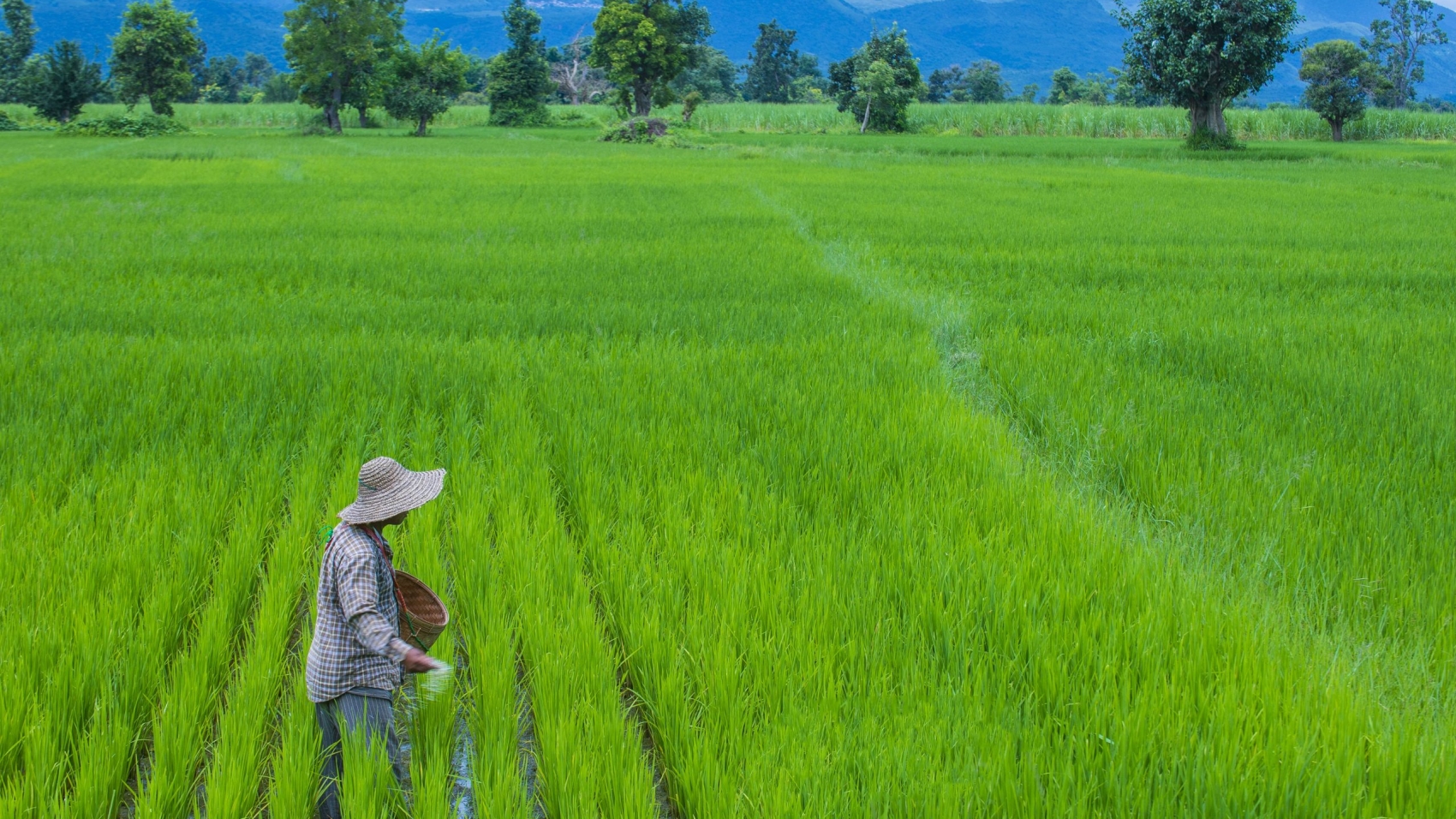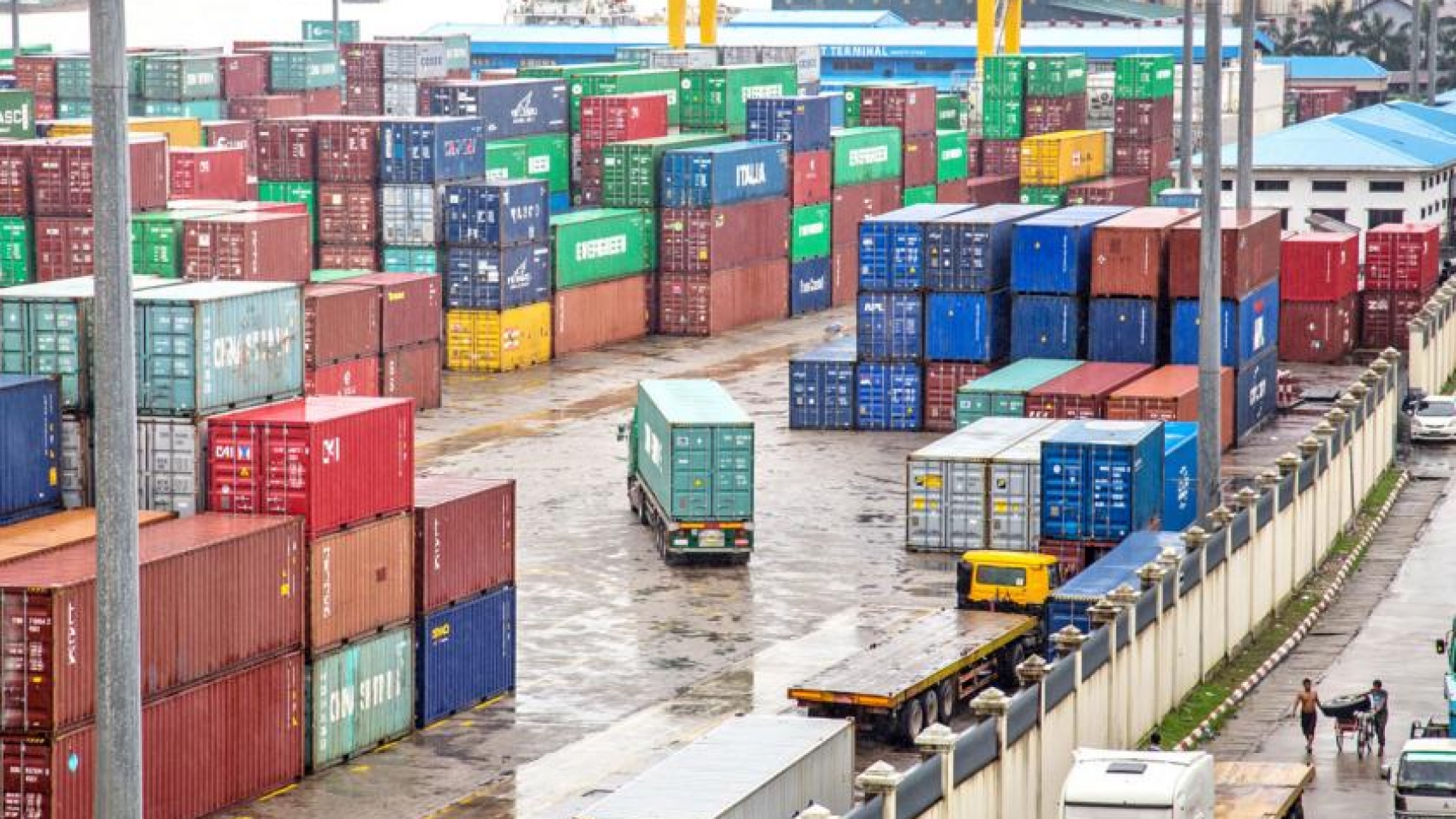Myanmar will raise efforts to add value to the domestic agriculture industry by promoting exports post COVID-19, said U Khin Maung Lwin, assistant secretary for the Ministry of Commerce. They will take action to promote their best crops internationally, including rice, corn and beans after the pandemic, adding that similar efforts will be made to promote Myanmar fisheries and livestock, as “these areas have good export potential.” Despite the pandemic, agriculture and maritime exports have increased in the current fiscal year so far, compared to the same period in fiscal 2019-2020. For example, Myanmar has so far exported about 2.2 million tonnes of corn to Thailand, which pigeon peas are being sold to India.
The country will also focus on promoting the export of new crops such as coffee and is already making efforts to penetrate new markets. According to the Myanmar Coffee Association, Myanmar will expand its local highland coffee exports through Singapore. They are connecting with new markets in the region through Singapore. The association last month participated in the Singapore Specialty Coffee Online Auction 2020, which provides a platform for global coffee bean producers to promote and introduce their beans to an Asian market, using Singapore as a hub. Myanmar’s coffee garnered international interest during the auction, despite the lack of buyers due to COVID-19. A local coffee entrepreneur demand for Myanmar-produced coffee should rise due to its superior quality. Then, their coffee production rate and sales will gradually get broader.
Raising exports will also help the country further narrow the trade deficit. In fiscal 2019-20, total trade between Myanmar and foreign countries amounted to US$36.6 billion. Between October 1, 2019 and September 30, Myanmar exports totaled over US$17.6 billion while imports reached over US$19 billion. As a result, the country recorded a trade deficit of US$1.3 billion, up from over US$ 1 billion in fiscal 2018-19. Myanmar needs to make preparations and arrangements to increase trade volumes as it might face setbacks due to COVID-19 in fiscal 2020-21. The NLD government has already moved key trade administrative functions, such as applying for import and export licenses, online. Myanmar can further increase exports by producing value-added products which are competitive in price and quality.
Source: Myanmar Times


